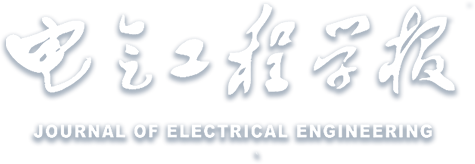Abstract:
A hybrid energy storage control strategy based on improved linear active disturbance rejection control(LADRC) is proposed for the problem of large fluctuations DC bus voltage and poor immunity to interference in photovoltaic energy storage microgrid. First, an optical storage microgrid system is built, a low-pass filter is used to distribute the fluctuating power between the supercapacitor and the battery according to their charging and discharging characteristics, with the battery taking up the low-frequency component of the voltage loop output signal and the supercapacitor taking up the high-frequency component. Then, the mathematical model of the bidirectional DC-DC converter is built. Based on the control of traditional double closed-loop, the improved LADRC is adopted for the voltage loop. Furthermore, the frequency domain analysis is applied to the improved LADRC. The improved LADRC introduces the differential signal of disturbance into the extended state observer(ESO), which enhances the ESO observation of disturbances, and disturbances can be quickly tracked. Therefore, system immunity to interference is improved. Finally, the simulation model is built and the outcomes indicate that improved LADRC overshoot is smaller, the response is faster compared with other two methods and the immunity to interference of DC bus voltage is raised.


 下载:
下载: